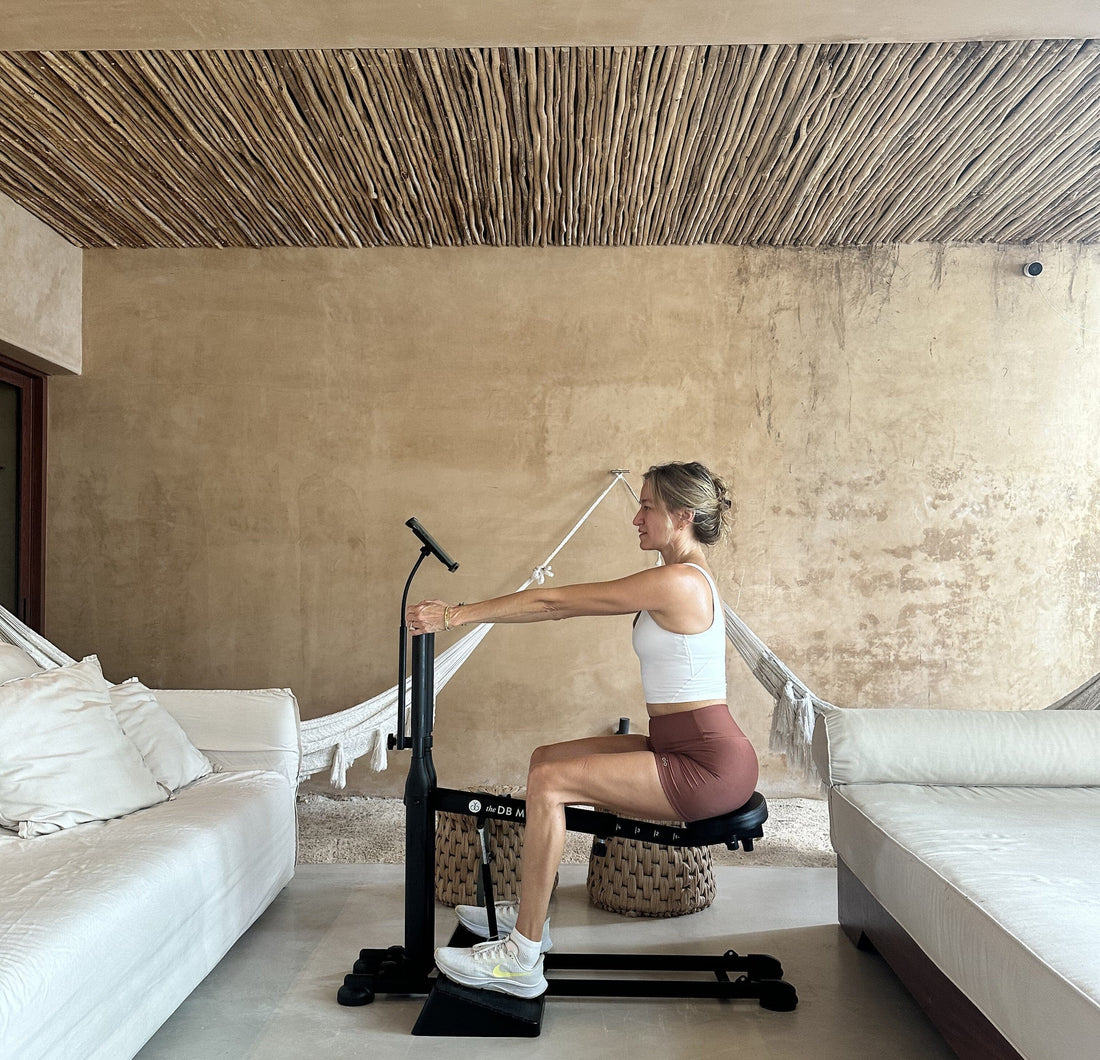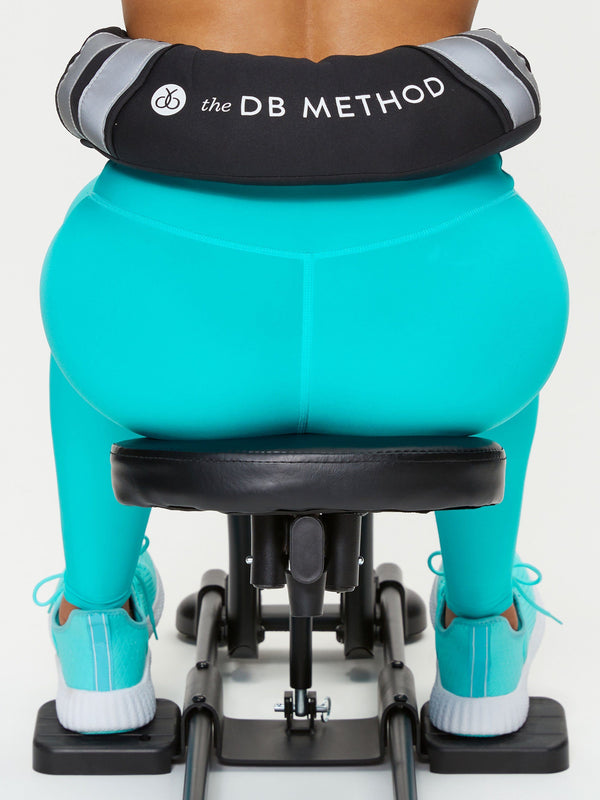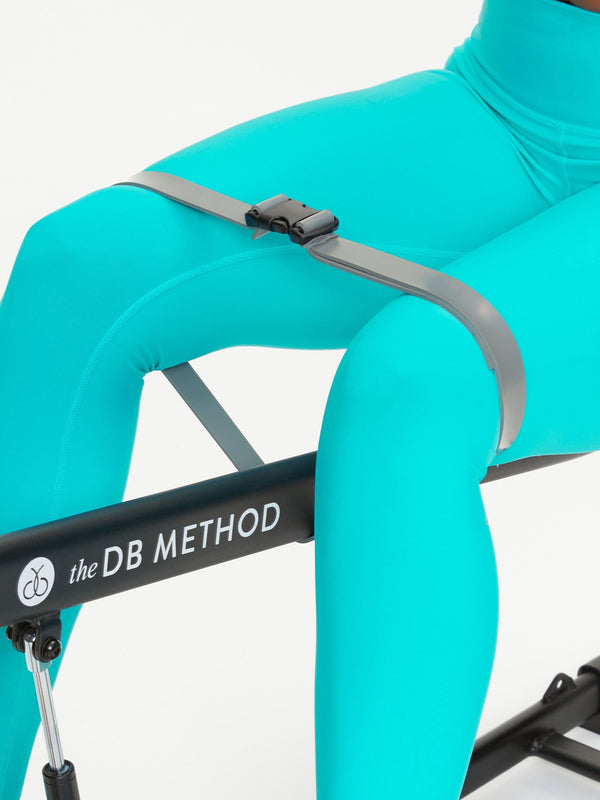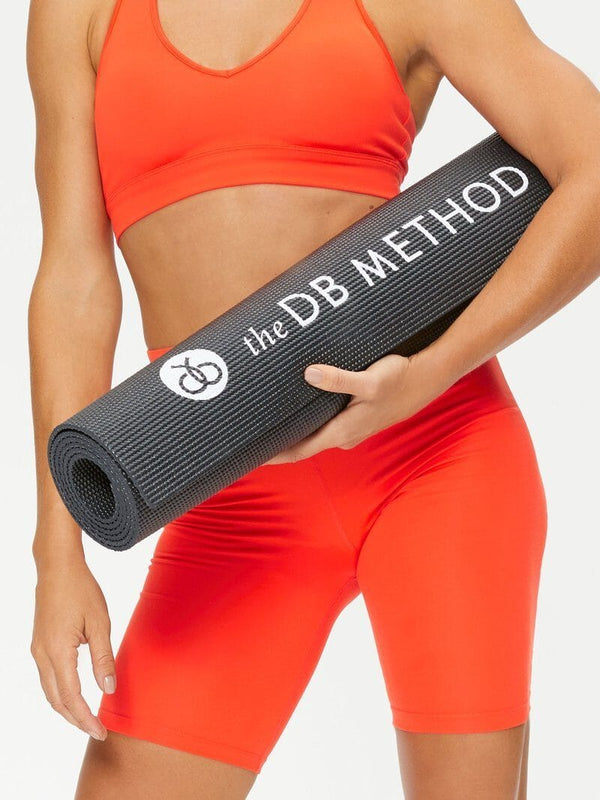Working out at home is great, but sometimes form drifts without even noticing. Shoulders slump a bit, knees wobble, and the back arches more than it should. Little aches might show up or progress just seem to slow down, without really realizing why. That’s why correct workout form matters.
Little tweaks help the back, knees, and joints stay safer, and exercises kind of feel easier when the body is in the right position.
Home workout safety isn’t complicated. It’s mostly just noticing how the body moves. Paying a bit of attention here and there. Bracing the core. Maybe shifting a squat a little. Little things like that pile up.
After a while, movements feel smoother. Muscles start doing their job like they’re supposed to. Those little aches? They show up a lot less. The best part is that it works without any fancy equipment or someone watching over every move. In this blog, you’ll find fitness tips for correct workout form and simple posture alignment you can use at home.
Common Form Mistakes People Make at Home
Working out at home is easy, but the body slips into habits without even noticing.
- The back arches during squats.
- Shoulders rounded in push-ups.
- Joints lock out without you noticing.
At first, it feels fine, nothing really wrong. Then muscles start to get sore, joints feel a bit off, and before noticing, the whole thing just ends up feeling harder than expected.
Using the correct workout form actually makes a difference. Even just tiny things: holding the core tight, letting the shoulders relax, not locking the joints, change how it feels. Skip it a bit, and progress slows, muscles start aching, joints feel weird, and suddenly the whole thing feels harder than expected.
Paying attention to how each move feels instead of just going through the motions helps keep things from getting messy while working out at home.
How to Check Your Form Without a Trainer

Checking form without a trainer doesn’t have to be complicated. A mirror works wonders. Just watch how the body moves, even for a few reps. Recording yourself on your phone can help, too.
It’s wild what you notice when you actually see yourself moving. Going slow and just paying attention to how each bit feels tells more than rushing through reps ever will.
Some things to watch for:
- A neutral spine
- Core pulled in
- Shoulders relaxed
- Neck neutral
Just keeping those in check makes almost everything feel safer and easier. There are apps and little tools that give reminders or track moves over time. You can also try The DB Method on the Playbook app for self-guided sessions.
Step-by-Step Fixes for Major Movements
When you slow down and check your form, small cues make a big difference. Apply these simple steps for the movements you do most at home:
Step #1: Squats
Squats can be tricky at home. It can help to check yourself in a mirror, or even just record a few reps to see what’s going on. Keep your feet roughly hip-width apart, lift your chest, engage your core, and sit back instead of leaning forward. Breathing naturally helps too, inhale on the way down, exhale as you come up.
Step #2: Lunges
Lunges can throw people off, too. The front knee might drift too far, and the back leg might drag behind. Step out, keep your weight balanced, keep your torso tall, and let your shoulders stay loose. Even small adjustments like that help with balance and move feel safer. It’s subtle, and it makes balance easier.
Step #3: Push-ups
Shoulders love to creep forward. Hands under shoulders, core tight, neck neutral. Going slow really shows where the body wants to cheat. Even a few controlled reps are better than rushing.
Step #4: Glute Bridges
Glute bridges can feel simple, but the hips sag, or the feet are too far forward. Plant your heels, squeeze your glutes up, and keep your core engaged. Focus on posture alignment to keep the lift controlled. Feel the lift, not just the motion.
Little fixes like these might feel weird at first, but they really build confidence. Movements feel cleaner, joints happier, and over time, workouts actually become easier and more effective.
How Posture Alignment Boosts Results
Keeping posture in check really changes how a workout feels. When the body lines up right, muscles actually do their job, movements get smoother, and energy lasts longer. Good form isn’t only about standing tall; it actually helps the core kick in and keeps joints feeling okay during workouts at home.
Even small things can help. Like, if the chest or hips feel tight, just stretch them a little. So, if the upper back or glutes feel a bit weak, maybe just spend a minute or two on them. Roll the shoulders back, keep the spine feeling comfortable, and sort of notice how the body moves.
Do it here and there, and after a few weeks, things just start to feel easier, and those little aches don’t bother as much. Movements get smoother, muscles actually work, and comfort improves during daily tasks.
The DB Method Approach: Form Meets Function

The DB Method really makes it easier to move the right way. Our workouts are set up so that the body naturally falls into good positions, which helps with posture and keeps the joints happy. You really don’t need to think too much about it.
The way the moves are set up just gets the muscles working the right way, glutes, core, all of it. Because it’s low-impact, it feels safe but still gives a good challenge.
And the exercises work for pretty much anyone, whether just starting or more experienced. Focusing on moving well and letting the body do its thing makes it easier to see results without overdoing it.
Key Takeaways for Better, Safer Workouts
The main thing is just noticing how the muscles move. When they start doing their job, those little aches don’t bother as much, and exercises feel smoother. Even bending down, reaching for something, or just standing feels easier. Posture starts improving slowly, without you even thinking about it.
Try to lock in your core, drop your shoulders, and stop rushing. It feels slower now, but if you make this a habit, your workouts will eventually feel smooth as butter without you even trying.
You don't need a perfect workout. You need consistent ones. It's simple: make every rep count in a way that feels sustainable, not like you're punishing yourself.
Ready to practice correct workout form with a low-impact system? Explore The DB Method Machine.








